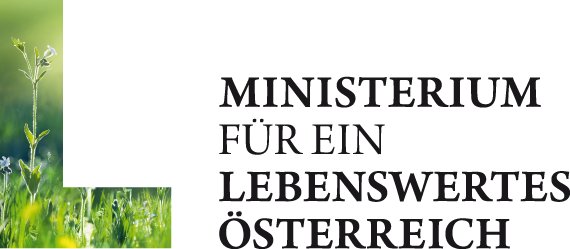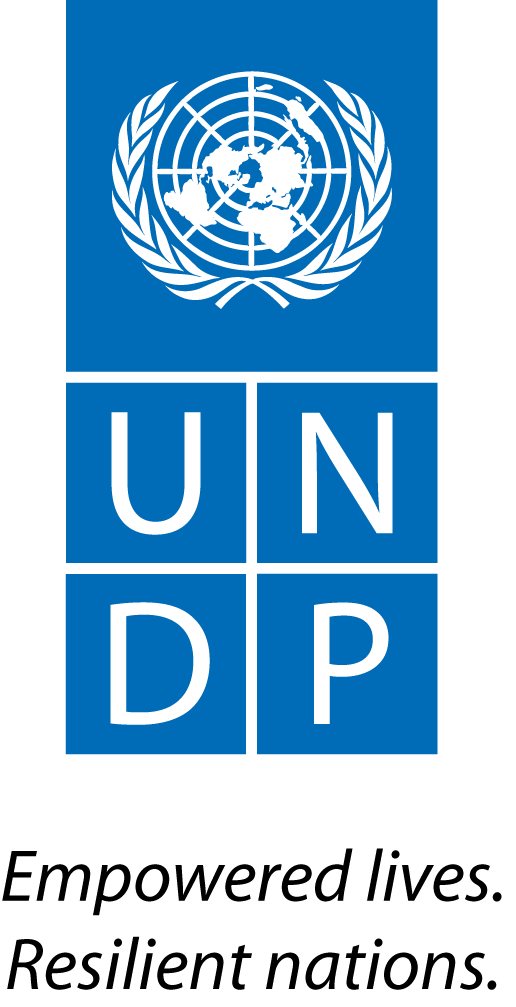http://asiancorrespondent.com/62202/climate-natural-hazards-and-change-in-southeast-asia/
Climate change is projected to bring more extreme weather events to this part of the world: but that is not a new occurrence, as researchers at the Asia Research Centre can show. But their ground-breaking project, which investigates the impacts of climate-related and other natural hazards on the economy, society and history of Southeast Asia since the 10th century, demonstrates how disastrous such events can be for human societies, with important consequences for the debate on climate change policy.
Professor James Warren, of the Asia Research Centre at Murdoch University, is leading a team of scholars under the auspices of an Australia Research Council Linkage Grant, aligned with the Indian Ocean World Centre's Making of the First Global Economy in the Context of Human- Environment Interaction project.
Professor Warren's project undertakes the first broad investigation of the impacts of climate-related and other natural hazards on the economy, society and history of Southeast Asia from the 10th century to the present. The research will focus on economic, demographic and social trends across Southeast Asia in association with climatic and natural hazard events, and will examine closely the sometimes catastrophic effects on human institutions and cultural values.
The IOW is a geo-political arena of primary importance. It includes an emerging superpower, China; a broad arc of Muslim countries where numerous hotspots-from Somalia (warlords and pirates), the Persian Gulf and Pakistan (conflict zones and nuclear proliferation) to Bali and the Philippines (fundamentalist and separatist militants)-pose threats to democracy and international stability; and eastern Africa, where poverty and corruption constitute challenges to global peace and security. The geo-political significance of the region has deep historical roots which continue to inform its major actors today.
Whereas the Atlantic and Pacific Worlds are defined by oceans and land masses, the IOW is defined by the monsoons, a complex system of winds and currents that governs the waters of the northern Indian Ocean, the Indonesian Sea and the South and East China Seas, facilitating the early development of a sophisticated and durable system of long-distance maritime exchange, linking Africa to the Middle East, South Asia, Southeast Asia and the Far East.
The umbrella IOWC project will use history, archaeology and geography to explore the growth and importance of the IOW trade from its origins to the present day, as well as the interaction between environment, commerce and people. Historian team members will trace the emergence of the IOW global economy from historical records; archaeologists will trace the physical evidence of that economy; and geographers will examine and measure fluctuations in human-environmental interaction over time.
The project aims: to build a new history of the first global economy in the context of human-environment interaction; to evaluate the changing roles of China, Muslim countries and Africa in that economy; and to assess their current relationships in the IOW macro-region in the light of that history, all of which will help to better inform the public about the history and current roles in the IOW of China, Muslim societies, and Africa.
This Australian component of the global collaboration will initiate key research on the Philippines, Indonesia and Vietnam and establish systems for converging research on critical trade contacts in the Indian Ocean world, such as Madagascar.
Significantly, it will create synergies and mutual benefits by bringing to the project as an industry partner a world-renowned source of maritime archaeological expertise and public outreach that is actually located on the edge of the Indian Ocean, the Western Australian Maritime Museum.
A rare interdisciplinary collaboration between historians, archaeologists and geographers, this project will fundamentally alter how the IOW is viewed.






